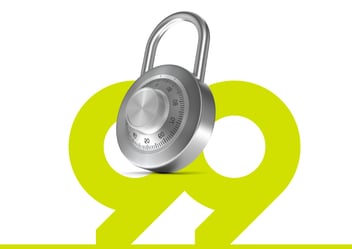Over the past few Wealth99 blogs we’ve taken a close look at what a token is, the many different types, and the numerous opportunities they bring to everyday investors.
But how does the tokenization process actually work? Let’s take a second to get technical, and explore the 5 key steps it takes to tokenize an asset.
There are 5 steps in tokenizing an asset:
- Evaluation and confirmation of asset
- Smart contract generation
- Tokenomics
- Equity or cash flow?
- Regulatory approval
Evaluation and confirmation of asset
First things first, the value of the asset being tokenized needs to be confirmed. If (like Wealth99 tokenized precious metals) there’s already a market for the item, then valuing the tokens is simple. If there’s no existing market, a valuation of the asset needs to be done by an accredited auditing or accounting firm.
Smart contract generation
Once auditing is finalised and the token’s value has been set, the asset’s smart contract is created. The price and number of tokens generated correspond to the price and valuation of the asset. The token could be non-fungible or fungible, depending on what the particular asset is. At Wealth99, this part of the process is completed by our tech team using the Wealth99 blockchain tokenization functionality.
What is a ‘non-fungible’ vs. ‘fungible’ token?
A fungible token can be fractionalised, allowing investors to purchase a tiny fraction of the asset. While a non-fungible token (better known as an NFT) is a totally unique digital token that can’t be replicated or split into smaller fractions.
Tokenomics
‘Tokenomics’ is the broad term used to describe any factors that will impact a tokens use or value – including supply and demand. When generating the smart contract, the issuer will set the total supply of tokens and how many will be made available to investors. This can make or break a token created in a new asset class – especially if it’s in a speculative market. Too much supply can put off investors, as they may believe there won’t be enough demand per token to produce a high value. On the other hand, too few and each token will be priced too highly, and demand could suffer.
Equity or cash flow?
The issuer also needs to determine the tokenized asset’s purpose. Is it to provide equity, or is it to generate a profit-sharing or cash flow? For tokens which represent outright ownership of the asset (like Wealth99’s precious metal tokens) the answer to this question is clearly 100% equity. Other assets might be suitable for either equity or cash flow, or even a combination of the two.
Let’s take the example of tokenizing the shares in a company:
Equity tokens
100,000 tokens are generated to represent a total of 50% ownership of the company. As the company’s value increases, so does the value of its token. This form of tokenization is similar to a traditional exchange traded stock in a company, where investors simply own a tokenized share.
Profit-sharing/cash flow tokens
Alternatively the company owner could issue 100,000 tokens and peg their value to a percentage of profits generated by the business. Each token might represent 0.001% of the annual profits. The token holder then receives value from the profits generated as opposed to the rise in value of the asset itself.
Regulatory approval
Finally, tokens must comply with the relevant securities and financial products regulations in the territories they will be offered in. This includes financial market regulation approval, and KYC and AML compliance.
As you can see, the process of issuing tokens is nuanced and complex – and takes a range of skills to complete. To get it right, the issuer needs a unique combination of technical expertise in blockchain smart contracts, economics, and business experience.
Wealth99 has that combination, and more. Highly experienced in asset tokenization, we’re a world-leader in the field. We have a number of exciting new developments in the pipeline – so watch this space for more Wealth99 updates.
You can join the asset tokenization revolution right now, with tokenized precious metals. Buy gold, silver and platinum now with Wealth99.













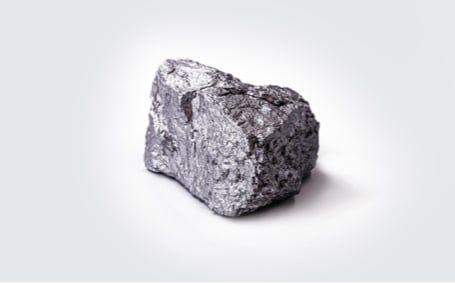
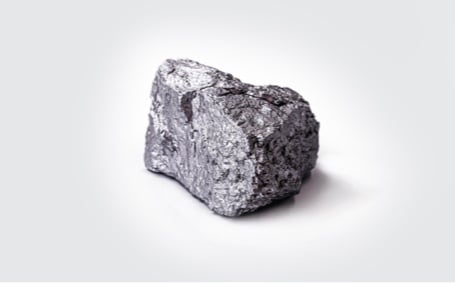

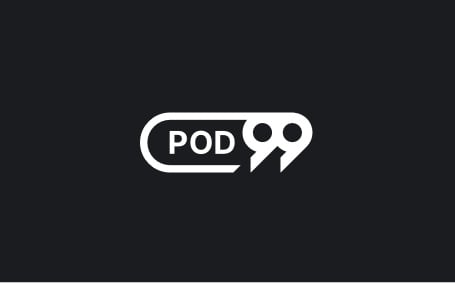




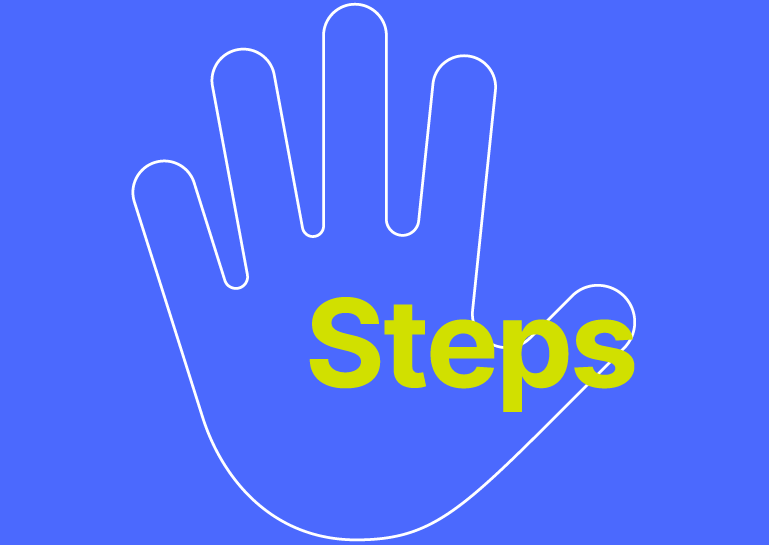

.svg)
.svg)
.svg)


